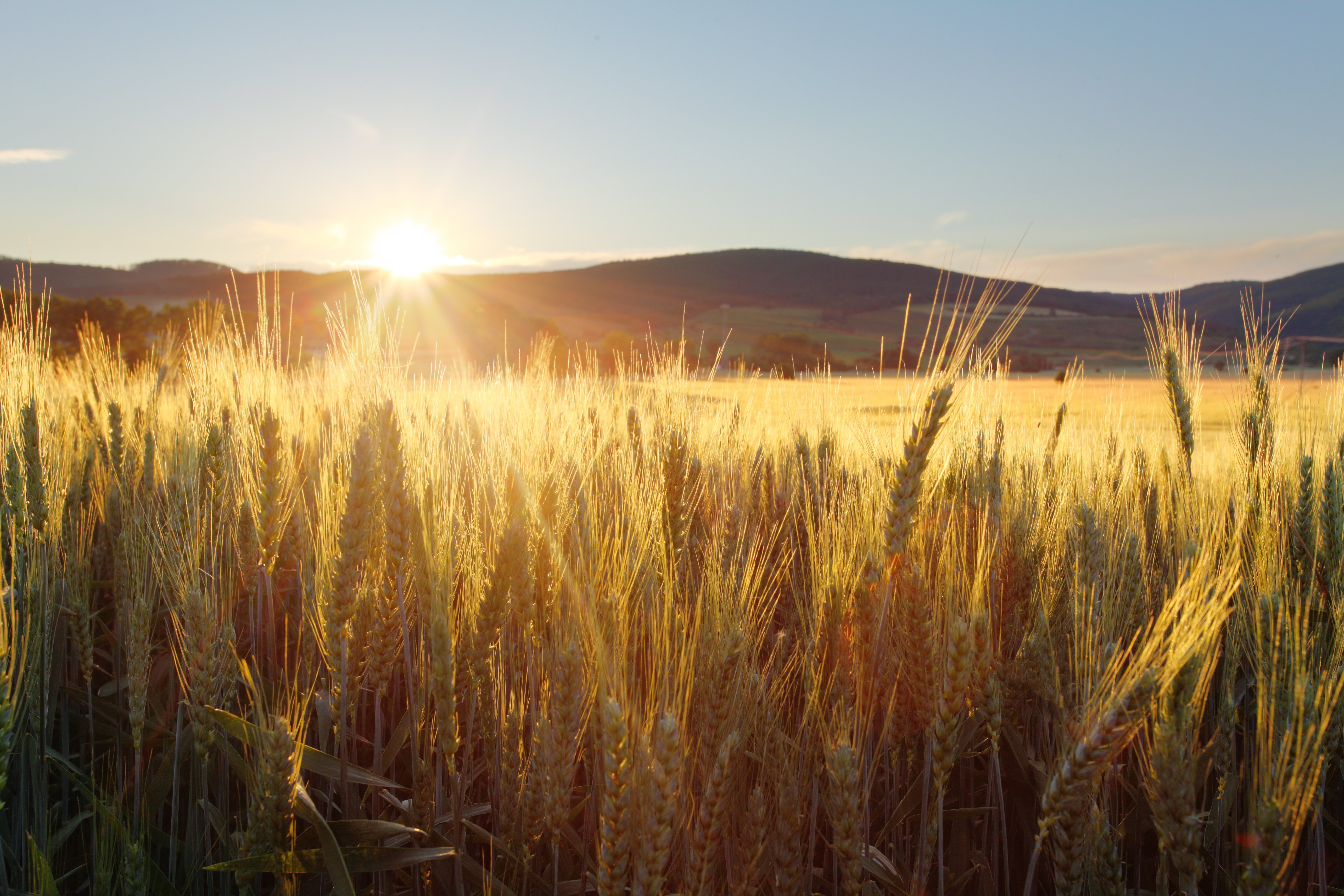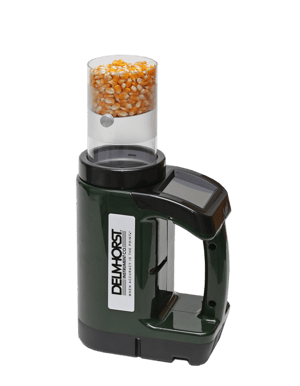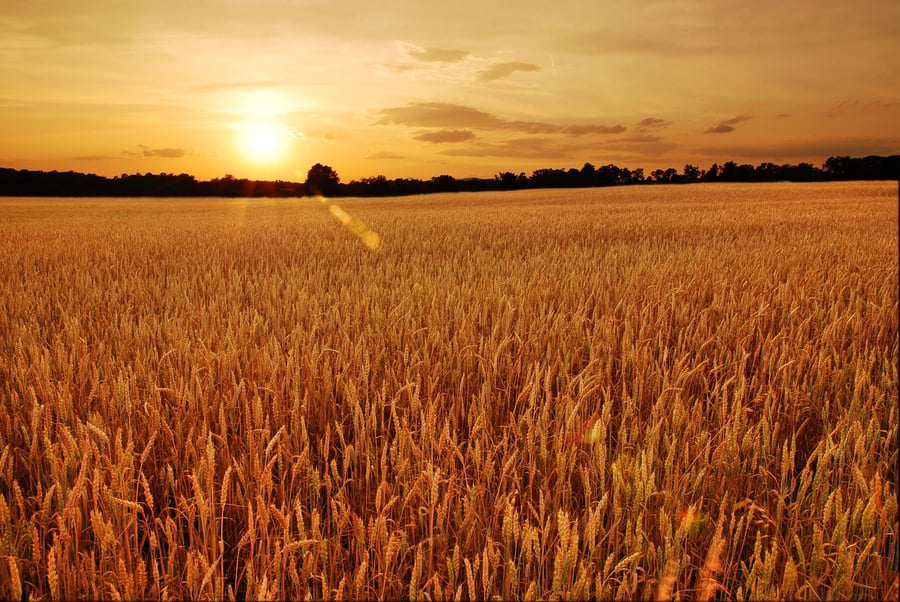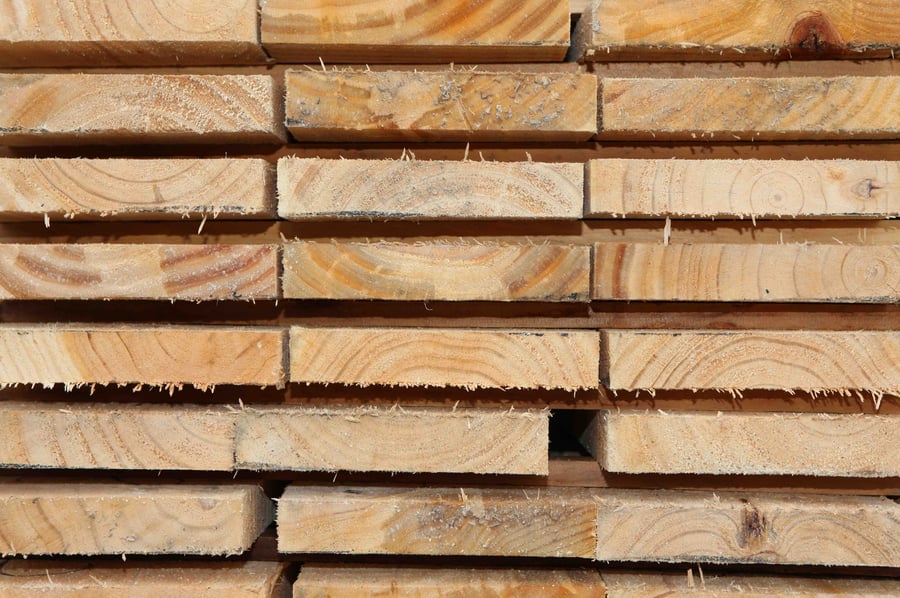Why Are Grain Calibrations Important for Measuring Grain Moisture?

Measuring grain moisture content is an important step in preparing grain for harvesting, long-term storage, or sale. Making sure that grain is at its ideal moisture content is critical for maximizing its quality and nutritive value.
Here, using grain moisture meters can be tremendously helpful. Moisture meters for grain are specially calibrated to provide fast and accurate measurements of the moisture content of grain so you can make more informed decisions about when to harvest your grain or put your grain into storage. These moisture testing devices help provide fast and accurate measurements of grain moisture on demand.
However, one thing that many people forget about when they shop for a grain moisture meter is that there are hundreds of different types of grain. The differences between various kinds of grain mean that they’ll react differently to a grain moisture meter—which may throw off the accuracy of that moisture meter’s readings unless it is specifically calibrated for that exact type of grain.
To overcome this issue, many grain moisture meters have separate calibrations for different types of grain.
Why You Should Care about Grain Calibrations for Your Moisture Meter
Consider rice, for example. While most people don’t think about it much, there are a lot of different kinds of rice out there. In fact, according to data from The Rice Association, “There are more than 40,000 varieties of cultivated rice (the grass species Oryza sativa).” Long grain rice will have different properties from aromatic rice, which can throw off moisture meter readings.
If your grain moisture meter only has one kind of grain calibration, then it will not be able to get accurate grain moisture measurements unless you have a model that is specifically calibrated for that exact species of grain.
Having access to a large number of grain calibrations helps to ensure that the grain moisture meter you use is able to provide accurate moisture content readings when you need them.
 An example of a grain moisture meter with a large number of grain calibrations is the D999-FR. This agriculture meter comes standard with more than 250 different grain calibrations—making it ideal for a variety of grain crops. This allows you to use the same tool for testing multiple species of rice, corn, wheat, rye, and other grain crops. This, in turn, helps you save money on the cost of buying multiple specialized moisture meters for different types of grain.
An example of a grain moisture meter with a large number of grain calibrations is the D999-FR. This agriculture meter comes standard with more than 250 different grain calibrations—making it ideal for a variety of grain crops. This allows you to use the same tool for testing multiple species of rice, corn, wheat, rye, and other grain crops. This, in turn, helps you save money on the cost of buying multiple specialized moisture meters for different types of grain.
Changing Calibrations When Measuring Grain Moisture
The method of adjusting your grain calibration setting will change from one grain moisture meter to the next. For the D999-FR and other 999-series moisture meters from Delmhorst, the process is relatively simple:
- Turn on the meter.
- Go to the TOP 5 screen. This will show you the last five grain charts you used for fast selection of commonly-used grain charts.
- If the option you want isn’t in the TOP 5 screen, click on the magnifier icon named OTHERS.
- Choose your desired grain chart by clicking on the arrows on the right side of the screen until the chart you want appears. Then, select that chart.
You can even get customized grain charts for your 999-series moisture meter, which will appear in a special tab marked CUSTOM. To learn how you can get these custom charts for your Delmhorst D999 moisture meters, please contact us.
Want to learn more about measuring moisture in grain? Check out our free Grain Infographic at the link below:
Subscribe to Our Blog
Post Related

Check Your Moisture Meter's Calibration in 3 Easy Steps


